NASA is in high morale after discovering a planet that has been termed as, ‘Earth’s bigger, older cousin’. This planet is the most earth-like planet that has been discovered. The planet has been named as Kepler-425b and is located about 1,400 light-years away in the constellation Cygnus and has been detected by Kepler space telescope.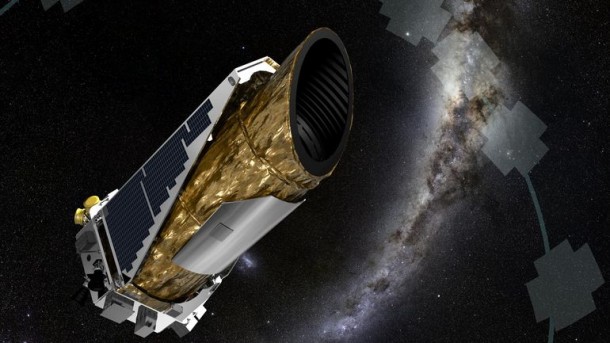
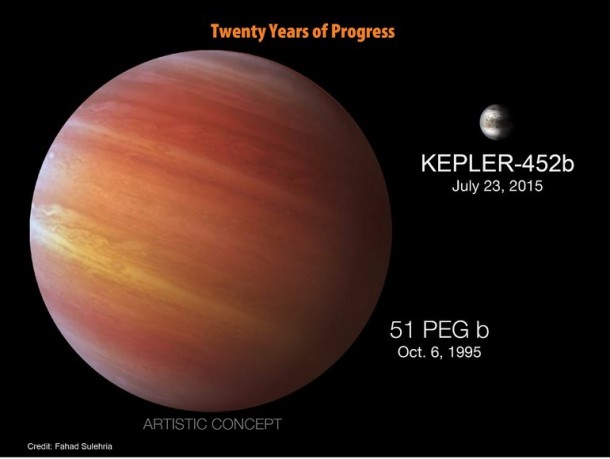
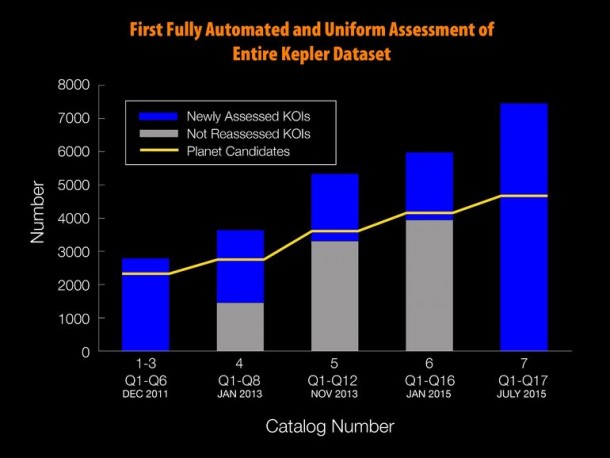
The reason why Kepler-425b is raising such excitement is because of the fact that it contains a number of favorable factors that render it as the most likely candidate that is habitable by human beings. For starters, it is roughly the same size of the Earth and orbits in the habitable zone of a star similar to sun.
Up till now, Kepler mission has detected the existence of 1,030 exoplanets, however, there has been no planet similar that is similar to Earth enough for supporting life. The Kepler space telescope, launched in 2009, makes use of the dip in a star’s light as a planet passes from front of it. This allows the mission to find large planets that are orbiting very close to the stars, thus allowing it to find very hot super-Jupiters.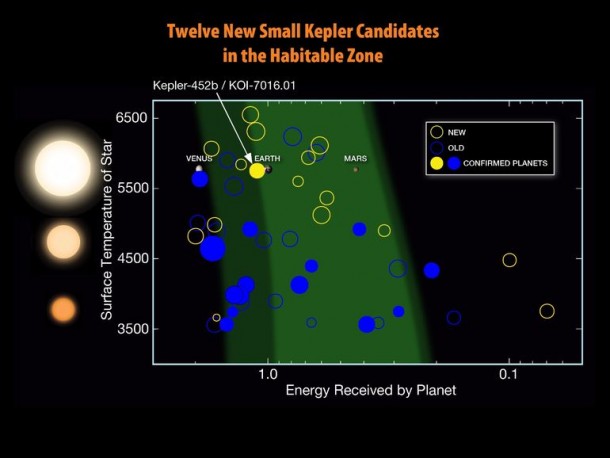
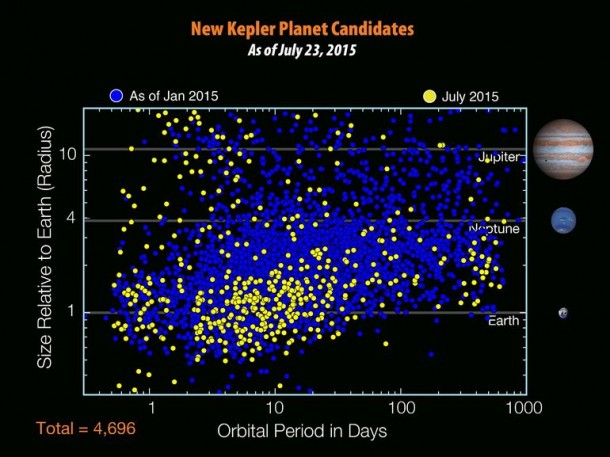
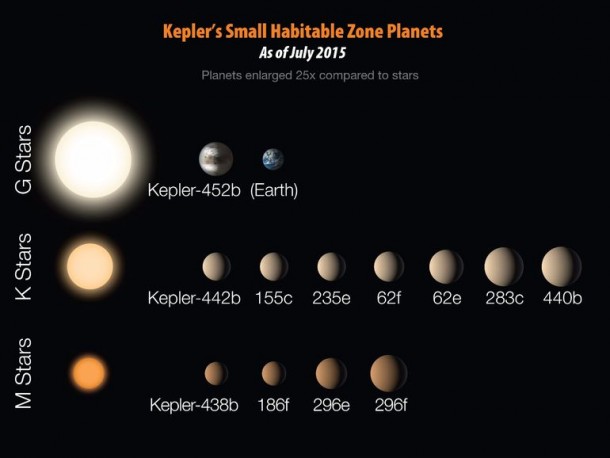
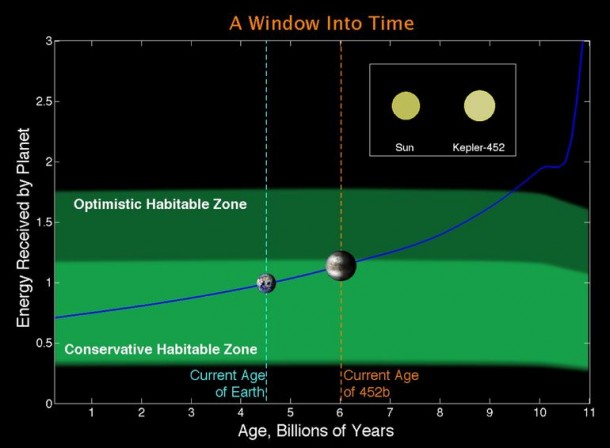
The next factor to consider is to see if the planet similar to Earth is in the habitable zone of the start. In simpler words, the distance should be such that liquids can exist on the planet, hence the planet can’t be too far or too close to the star. Another factor is the type of star that the planet is orbiting. So far, the planets discovered were orbiting K or M type stars. These stars unlike sun (G2) are small, cold and old stars.
These factors have rendered Kelper-425b as the perfect candidate. According to team at NASA, the computer models have helped ascertain that the planet is about 60% bigger in size than Earth and has five times the mass and a surface gravity that is twice that of Earth’s. It has a 385-day orbit and features an orbit that is a bit thicker than Earth’s. It is about 5% farther away from star in comparison to Earth and Earth’s star.
NASA says that the Kepler data was confirmed via ground observations from the University of Texas at Austin’s McDonald Observatory, the Fred Lawrence Whipple Observatory on Mt. Hopkins, Arizona and the W.M. Keck Observatory atop Mauna Kea in Hawaii.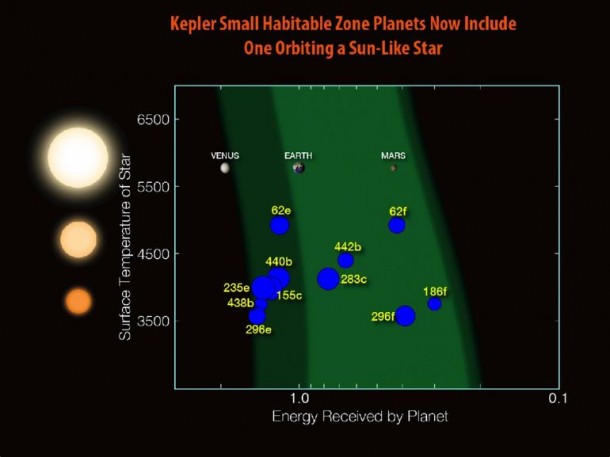
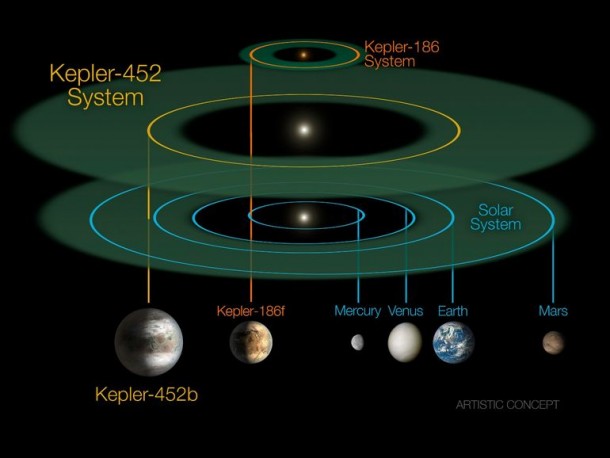
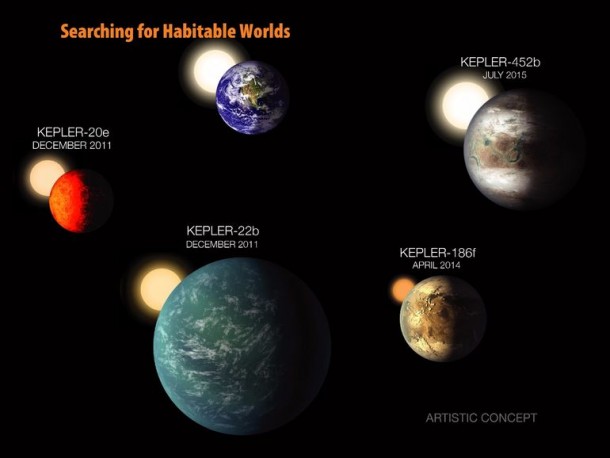
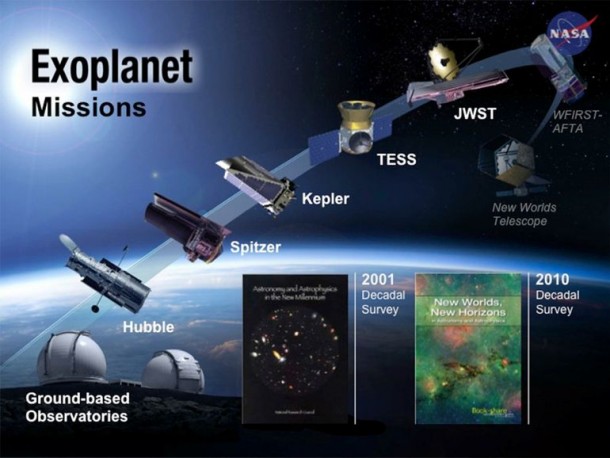
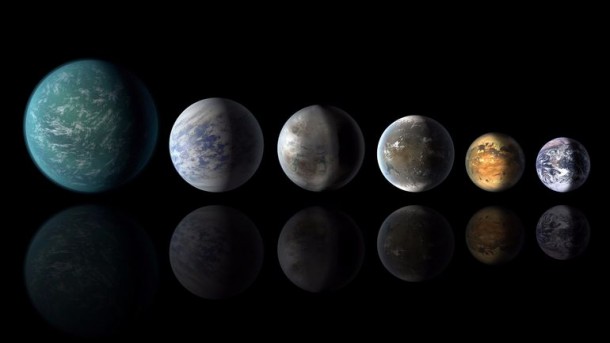
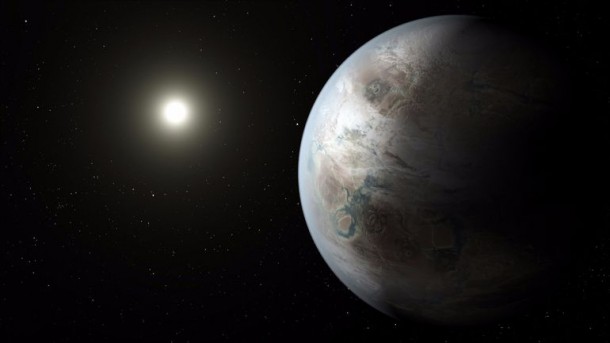

Jon Jenkins, Kepler data analysis lead at NASA’s Ames Research Center in Moffett Field, California said, “We can think of Kepler-452b as an older, bigger cousin to Earth, providing an opportunity to understand and reflect upon Earth’s evolving environment. It’s awe-inspiring to consider that this planet has spent 6 billion years in the habitable zone of its star; longer than Earth. That’s substantial opportunity for life to arise, should all the necessary ingredients and conditions for life exist on this planet.”


